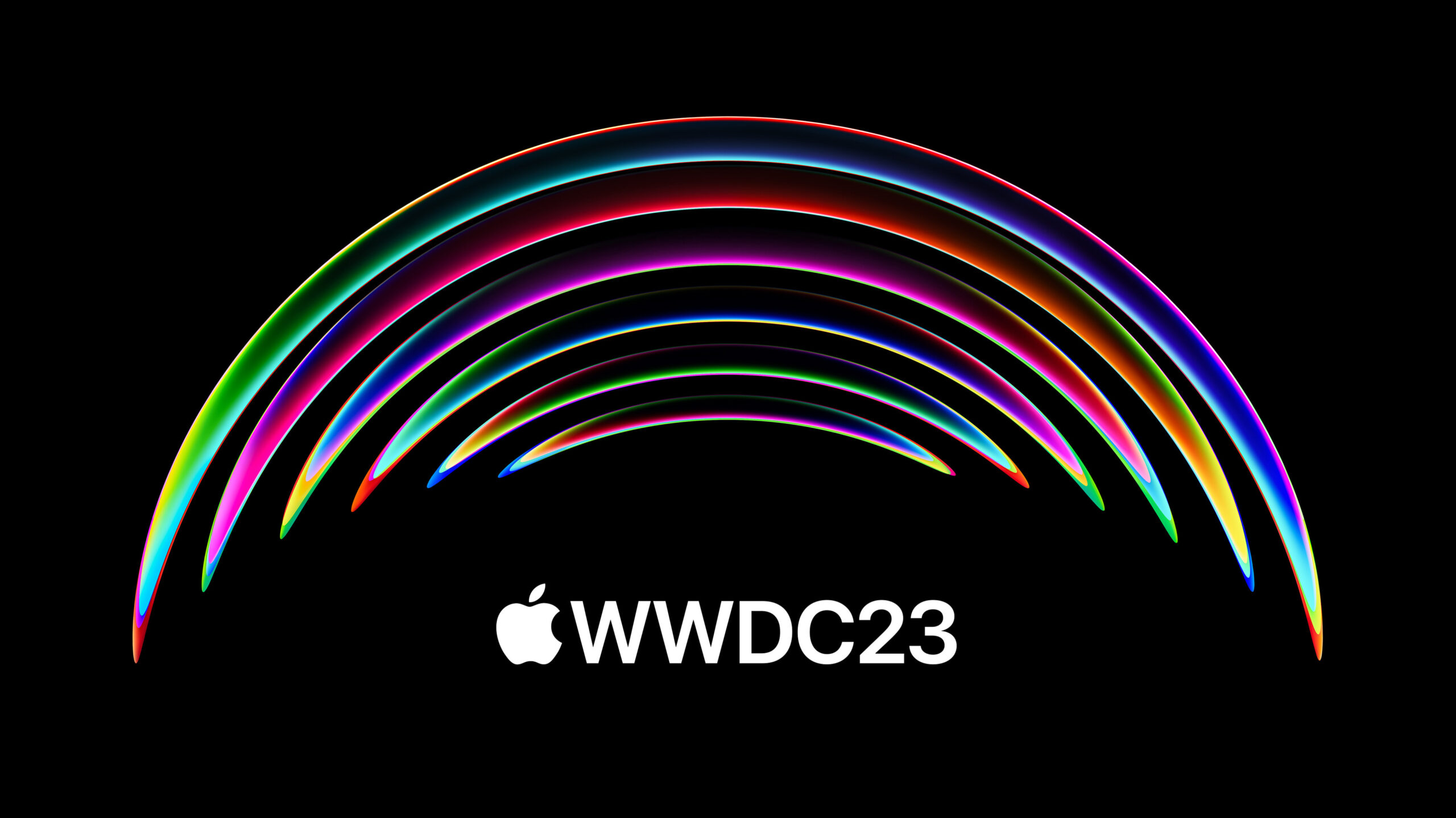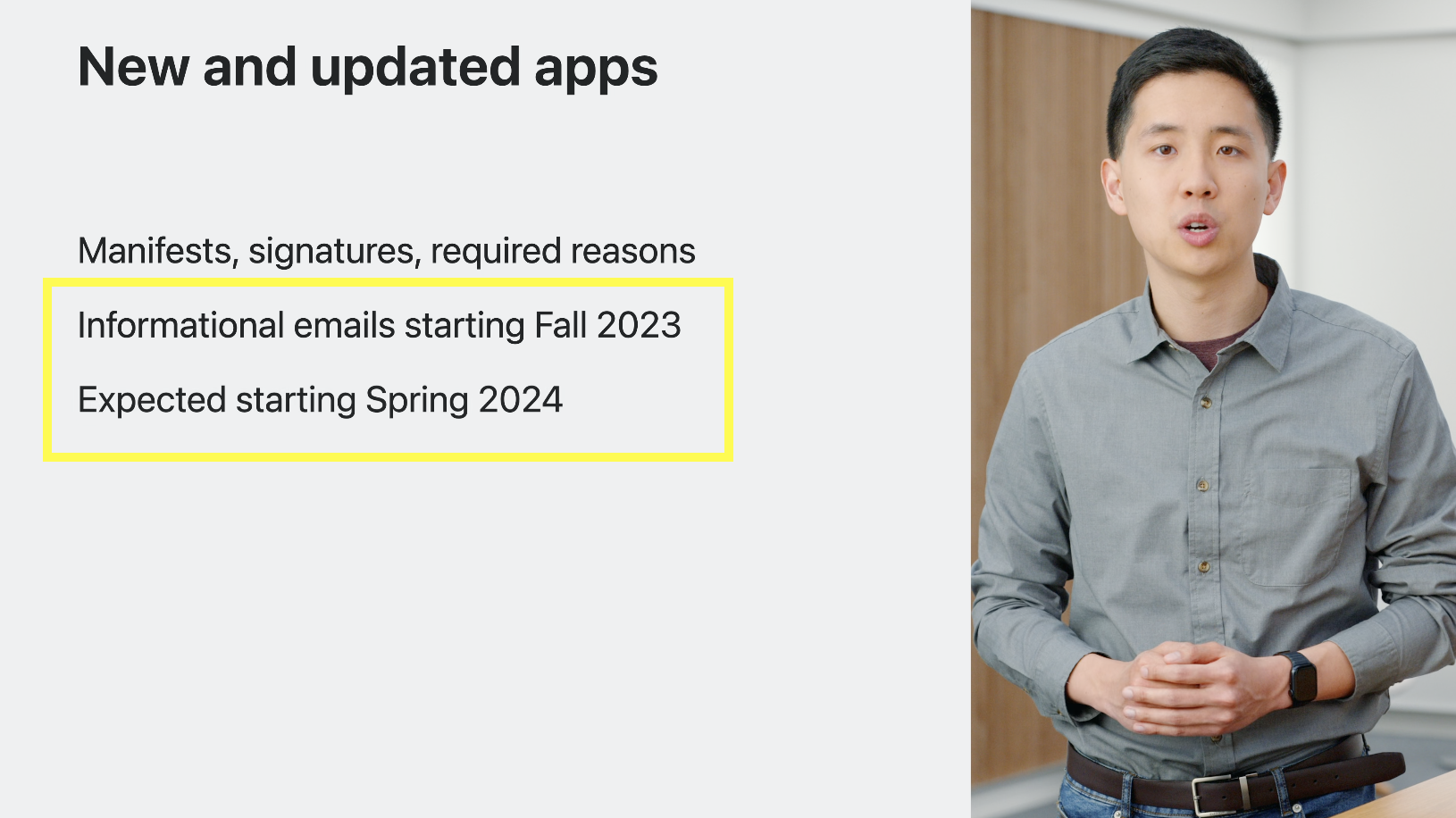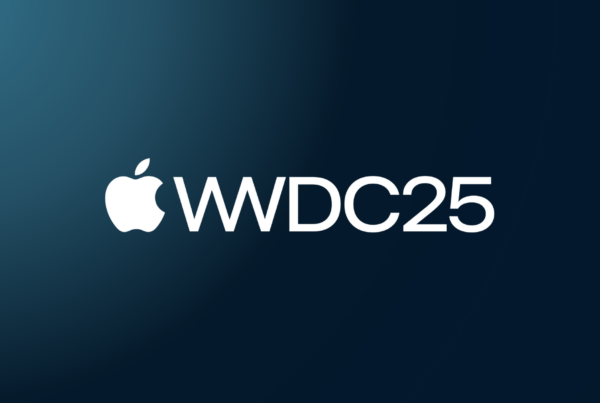Apple’s Worldwide Developer Conference (WWDC) this year had no shortage of talking points, with the unveiling of a major new product, Vision Pro, amongst the usual array of software updates in iOS, MacOS and others.
As usual, the app ad-tech space was paying close attention to updates relating to privacy and tracking. Below, we outline the three announcements which app marketers most need to know about, and how these are expected to impact app advertising campaigns in the short to mid term.

Image Source: Apple Newsroom, 2023
1: Privacy Manifests seek to end user profiling and fingerprinting in early 2024
Privacy Manifests will further enforce App Tracking Transparency (ATT) by preventing some SDKs from engaging in tracking unless the user has consented to ATT.
The context here is that although ATT has been successful in blocking device ID-based tracking since being rolled out in 2021, Apple has so far been unable to prevent tracking via probabilistic methods: profiling and fingerprinting.
What’s impacted?
Platforms using SDKs listed in the “Privacy-Impacting SDKs” list will be impacted. This list has not yet been shared, but is promised “later this year”.
For SDKs in this list, tracking connections will not be allowed unless the user has opted into ATT, including:
- App install events
- Any in-app behavioural events, e.g., conversions
The net result will likely be a drastic reduction in behavioural data available to app developers and their partners, and effectively spells the end of device fingerprinting without consent.
As a result, this significantly increases the importance of SKAdNetwork (SKAN) as an alternative measurement method for app marketers.
When will we see this impact?
This policy will apparently be enforced via the App Store review process in spring 2024, as pictured in “Get started with Privacy Manifests“ below.
2: SKAdNetwork 5.0 announced for “later this year”; will support re-engagement
With the above in mind, it was smart for Apple to also take the time to announce upgrades to SKAdNetwork. Version 5.0 was briefly referenced in the Platforms State of the Union.
This is due in a forthcoming iOS version due “later this year”. Documentation is not yet available, but support for re-engagement is promised, as seen in the transcript below:
We can expect more documentation to emerge on this topic soon as the release date approaches – though it’s currently unclear when.
3: Private Relay expansion for app developers that wish to use it
Private Relay helps protect consumer privacy by obscuring IP addresses for iCloud+ subscribers who choose to turn it on.
What’s new? App developers will soon be able make use of the benefits of Private Relay in their apps, if they wish to do so.
Impact of Private Relay on app marketing
As with the privacy manifests discussed above, this will reduce the viability of user profiling and fingerprinting since these practices rely on IP address to help identify the user.
However, since Private Relay is optional, we can expect that apps which benefit from fingerprinting will prefer not to make use of this. Impact is therefore expected to be minimal compared to that of Privacy Manifests.
There has previously been some speculation about whether Apple might choose to enforce Private Relay on all app traffic as another method of enforcing their anti-fingerprinting policy. This would be a belt-and-braces approach given the goal may be achieved by the introduction of Privacy Manifests alone – so it does not seem surprising that Apple have not chosen to enforce Private Relay at this time.
What should app marketers do next?
The key takeaways for us are:
- SKAdNetwork is no longer a nice-to-have: all iOS app marketers will need to become familiar with using SKAdNetwork, both to measure and to optimise their campaigns.
- Contextual targeting is more important than ever.
Making contextual targeting and SKAdNetwork measurement a priority during 2023 will reduce the disruption to campaigns caused by the forthcoming fingerprinting ban in spring 2024.
With SKAN version 4.0 increasingly available in traffic, and version 5 now announced, there has never been a better time for marketing teams to make this shift.







